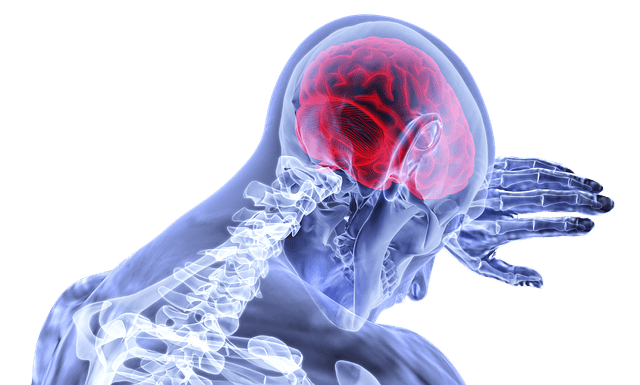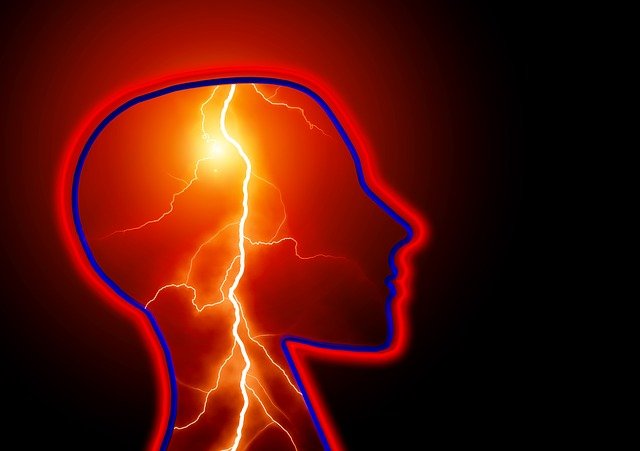
Introduction
A stroke is the death of brain cells. It can be caused by an obstruction in the blood flow or the rupture of an artery that feeds the brain. The patient may suddenly lose the ability to speak, there may be memory problems, or one side of the body can become paralyzed.
Brain stroke comes in as the second-most common cause of death and the fourth-leading cause of disability around the world. That said, stroke is a growing epidemic not only in India but everywhere. The most recent figures suggest that 19 million people each year suffer from strokes resulting in 5 million deaths and 20 million others suffering long-term disabilities.
Types and Causes
There are two main types of stroke: ischemic stroke, and hemorrhagic stroke.
-
Ischemic stroke
An Ischemic Stroke makes up for about three-quarters of all cases included in the ‘Stroke’ diagnosis. That’s because it occurs when a thrombus forms and blocks blood flow inside the brain. If a wandering thrombus happens to reach the brain, it can be potentially harmful to it.
-
Hemorrhagic strokes
This occurs when a blood vessel on the brain’s surface ruptures and fills the space between the brain and skull with blood (subarachnoid hemorrhage) or when a defective artery in the brain bursts and fills the surrounding tissue with blood (cerebral hemorrhage). Around 20% of all strokes are of this type.

Signs and Symptoms
When a stroke happens, it takes place within minutes of experiencing the symptoms. It starts with brain cells dying at around 32,000 cells lost per minute, and 1.9 million missing in about 60 minutes if no treatment is provided immediately.
Some common Signs and Symptoms are:
- Sudden or acute onset of dizziness or unconsciousness
- Trouble walking, loss of balance, sensation, or coordination
- Trouble seeing with one or both eyes
- Speech problems
- Difficulty swallowing
- Confusion or loss of memory
- Muscle stiffness
- Behavioral changes
- Numbness, weakness, or paralysis on one side of the body
- Blurred, blackened, or double vision
- Sudden severe headache
- Smaller strokes (or silent strokes), however, may not cause any symptoms, but can still damage brain tissue.
Solution by Neurologist
According to the Stroke Specialist and best neuro physician in Udaipur treating brain strokes is much better when they’re treated immediately. The sooner you can administer treatment after the onset of a brain attack, the better the chance that it’s possible to dissolve or remove potential clots by using injectable rtPA within 4.5 hours. Later administration of rtPA isn’t advised because it has not yet been approved for slow-forming blood clots up to 10 days old, and stroke patients may be at higher risk of having side effects like brain hemorrhage if this procedure were performed on an older clot. Mechanical thrombectomy can also be used several times in 1 week after stroke, but again only 1 time per day due to the risk for secondary bleeding.

Recent Comments